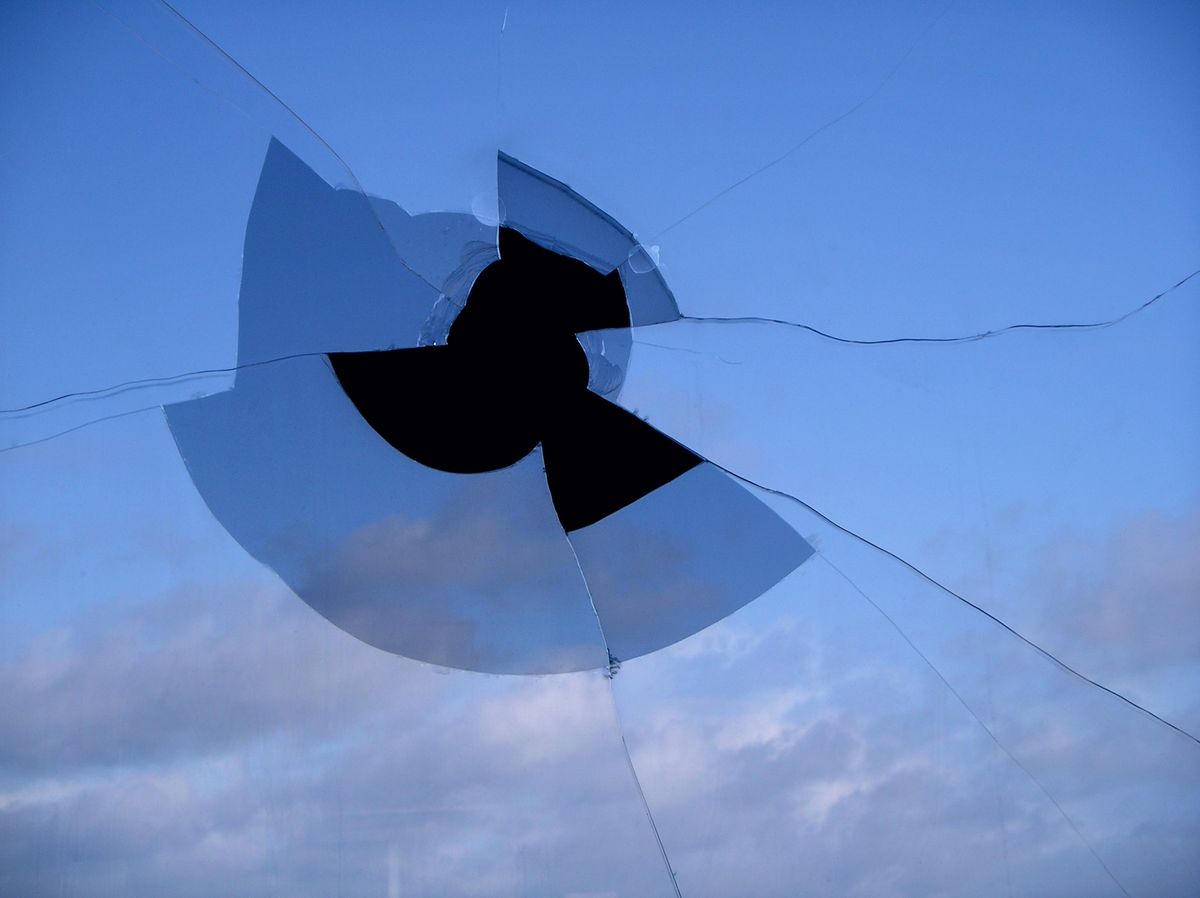|

August 17 4, 2023
By
Jackie
Appel
The Hole in the Ozone Layer Is
Opening Early This Year. That Shouldn't Happen.

mkf//Getty
Images
-
The hole in Earth’s ozone layer is
opening early this year.
- While
the hole has healed somewhat since the 80s and 90s, it still goes
through a cycle of opening and closing every year.
- The
preemptive expansion is due to a huge undersea volcanic eruption
from last year, and may further warm the Southern Ocean, which has
already experienced heavy negative effects from climate change.
Does everyone remember the hole
in the ozone layer? Before every other symptom of climate change
became so readily apparent to us, the hole in the ozone layer over
Antarctica was our strongest indicator that we were doing something to
our planet—something that was having serious negative impact.
Luckily, the Montreal Protocol—an international treaty centered on
protecting and repairing the ozone layer—went into effect in 1989 and
staved off further emission of chemicals known
as ozone-depleting substances. Since then, the ozone layer has begun
to heal, and should be completely back to pre-1980s levels by 2066.
Good news! Unfortunately, however, we’re not all the way to healed
just yet. In the meantime, the hole in the ozone layer has gone
through—and continues to go through—generally predictable cycles of
growing and shrinking. The hole generally begins to grow in September,
and shrinks back down in the winter months.
But this year seems to be a bit different. Following the now
more-to-be-expected bad climate news trend, the hole in the ozone
layer has begun to open early this year.
The cause—amazingly, not us. This one we can put down to purely
natural causes. Last year, the the Hunga Tonga-Hunga Ha’apai volcano
erupted in a truly massive explosion. It set off a large tsunami,
caused a huge sonic
boom, and jettisoned a frankly ridiculous amount of water vapor
into the atmosphere. Because of the eruption, the atmosphere currently
holds about three times more water vapor than usual. And that last
point is now having a lasting impact on our ozone layer.
The growing and shrinking cycle of the hole in the ozone layer is
powered by upper atmospheric clouds.
Water vapor that forms these clouds can form reactive chemicals that
destroy ozone, and as the clouds are more or less prominent in certain
parts of the year due to temperature fluctuations, the hole fluctuates
right along with them. But inject a whole bunch of additional water
vapor into the ozone layer, and you have a problem. Researchers knew
there were going to be long-term effects from the amount of water
vapor launched into the atmosphere, but we’re just not finally seeing
them in action.
Luckily, this isn’t a permanent situation, but it still may have
damaging effects to parts of the world. Specifically, researchers are
concerned about the Southern Ocean, which has already experienced
serious effects from climate
change. Especially with arctic sea ice at an all-time low for this
time of year, a hole in our atmospheric sunscreen right above the
region isn’t exactly the best thing we could have hoped for.
While we didn’t cause this particular bummer, we are definitely the
main drivers of the general climate crisis that this is stacking
itself upon. Perhaps if we weren’t already facing record temperatures,
the hole in the ozone layer widening early may not be as big a deal.
But if we want to prevent things like this from mattering so much in
the future, we have a lot to do to make the baseline conditions
better.
Green Play Ammonia™, Yielder® NFuel Energy.
Spokane, Washington. 99212
509 995 1879
Cell, Pacific Time Zone.
General office:
509-254
6854
4501 East Trent
Ave.
Spokane, WA 99212
|